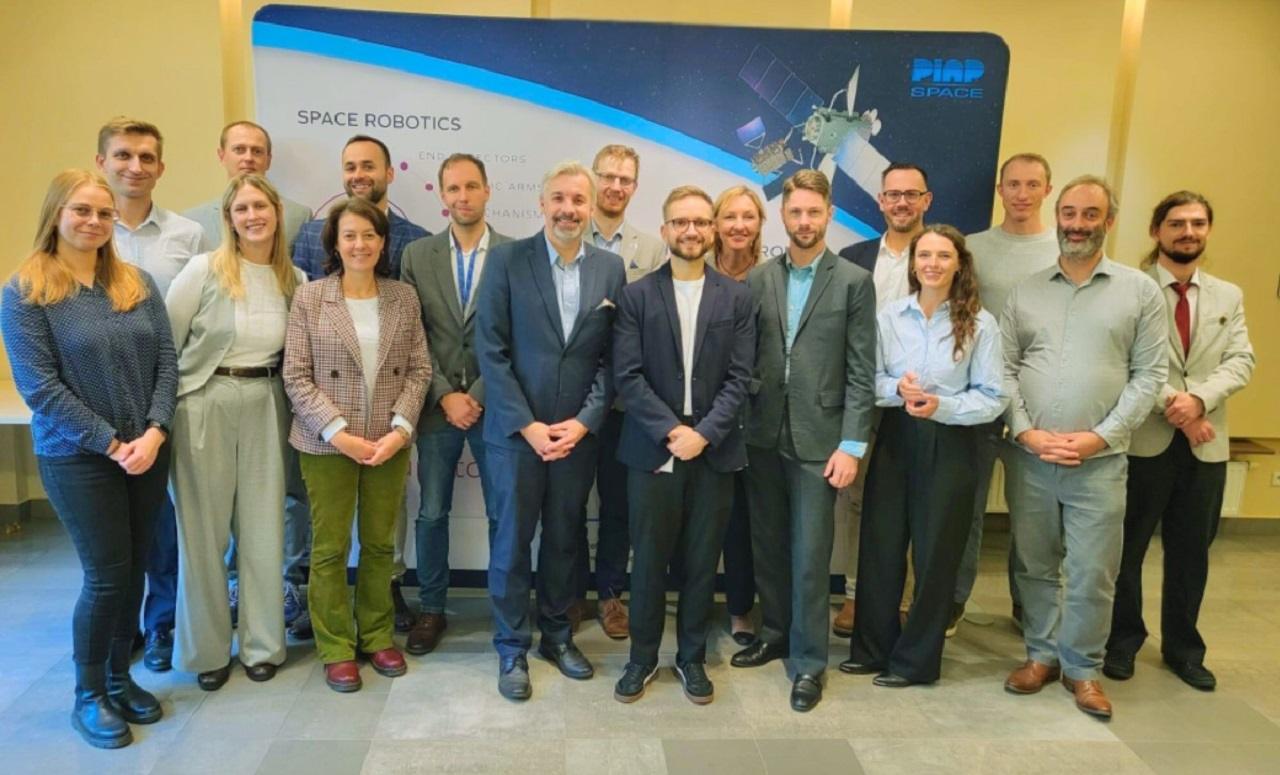The Rise of Remote Work
The landscape of modern employment has undergone a revolutionary transformation with the widespread adoption of remote work. Driven by technological advancements, changing employee preferences, and global events such as the COVID-19 pandemic, remote work has shifted from a niche benefit to a core component of many organizations’ operational strategies. This evolution has necessitated a reassessment of traditional management practices, particularly in the realm of remote employee management and virtual team leadership. Companies are now focusing on developing effective remote work best practices to ensure that their dispersed teams remain productive, motivated, and aligned with organizational goals. Managing remote employees requires a nuanced approach that balances autonomy with accountability, leveraging innovative tools for remote collaboration, and fostering a culture of trust and transparency. As organizations adapt to this new normal, understanding the benefits and challenges of remote workforce management becomes essential for sustained success in the digital age.
Benefits of Hiring Remote Employees
The advantages of employing remote workers extend beyond simple cost savings on office space and utilities. Remote hiring allows organizations to tap into a global talent pool, ensuring access to diverse skills and perspectives that might not be available locally. This diversity can significantly enhance innovation and problem-solving capabilities within teams. Additionally, remote employees often exhibit higher job satisfaction due to flexible schedules, which can lead to increased engagement and loyalty. Such flexibility also enables organizations to operate across different time zones, providing 24/7 productivity and customer service. Furthermore, remote work can reduce employee turnover, as workers appreciate the autonomy and work-life balance that remote arrangements provide. These benefits collectively contribute to a more agile, competitive, and resilient organization capable of adapting swiftly to changing market conditions.
Challenges in Managing Remote Teams
Despite its numerous benefits, remote workforce management presents unique challenges that require strategic solutions. One of the primary hurdles is maintaining effective communication across dispersed teams. Without face-to-face interactions, misunderstandings can arise, and information may become siloed, impacting productivity and cohesion. Managing remote employees also demands a different approach to performance evaluation, as traditional oversight mechanisms are less effective. Ensuring accountability without micromanaging requires trust and the implementation of clear metrics and goals. Additionally, fostering a sense of team unity and company culture remotely can be difficult, risking feelings of isolation and disengagement among employees. Technical issues, cybersecurity concerns, and compliance with diverse legal frameworks across regions further complicate remote team leadership. Addressing these challenges necessitates a comprehensive understanding of remote work best practices and a proactive stance on adopting innovative solutions.
Effective Communication Strategies
Communication is the cornerstone of successful remote employee management. Developing and implementing effective remote team communication strategies is vital to ensure all team members stay aligned and engaged. This involves leveraging a mix of synchronous and asynchronous communication channels, such as video conferencing, instant messaging, and collaborative platforms. Regular virtual meetings, including one-on-ones and team check-ins, foster transparency and provide opportunities for feedback and problem-solving. Clear communication protocols and expectations help prevent misunderstandings and ensure that everyone is on the same page. Moreover, encouraging open dialogue and active listening creates a culture of trust, where employees feel comfortable sharing ideas and concerns. To optimize remote communication, organizations should also invest in training managers and staff on best practices for digital communication, including etiquette, clarity, and effective use of tools. Building a culture of open, honest, and consistent communication significantly enhances remote team collaboration and overall productivity.
Tools for Remote Collaboration
Remote collaboration tools are essential for maintaining productivity and facilitating seamless teamwork in a virtual environment. These tools encompass a wide range of functionalities, including project management, real-time messaging, video conferencing, file sharing, and workflow automation. Platforms such as Slack, Microsoft Teams, and Zoom enable instant communication and virtual face-to-face interactions, which are crucial for building rapport and solving complex issues quickly. Project management software like Asana, Trello, and Jira helps teams organize tasks, set deadlines, and track progress transparently, fostering accountability. Cloud storage solutions such as Google Drive and Dropbox allow for easy access to shared resources, ensuring that all team members work on the latest versions of documents. Integrating these tools into daily workflows streamlines remote work processes, reduces misunderstandings, and accelerates decision-making. Choosing the right combination of collaboration tools tailored to the specific needs of your team is vital for maximizing remote workforce productivity and maintaining high performance levels across dispersed teams.
Monitoring Performance and Productivity
Effective performance management in a remote work setup involves developing systems that accurately measure output without micromanaging. Establishing clear, measurable objectives aligned with organizational goals is the first step toward ensuring remote workforce productivity. Regular check-ins, progress reports, and performance reviews provide ongoing feedback and help identify areas for improvement. Utilizing performance management software that tracks key performance indicators (KPIs) allows managers to monitor individual and team achievements objectively. It’s important to focus on results rather than activities, emphasizing outcomes that contribute to the company’s success. Providing remote employees with the necessary tools and resources to perform their tasks effectively is equally vital. Recognizing and rewarding high performance fosters motivation and engagement, reinforcing a culture of accountability. Additionally, managers should promote self-assessment and peer feedback to enhance transparency and continuous improvement. By adopting a balanced approach that combines technology, clear expectations, and recognition, organizations can maintain high levels of remote team performance and productivity.
Building a Strong Remote Work Culture
Creating a cohesive remote work culture is fundamental to the success of any virtual team. This involves cultivating shared values, beliefs, and practices that promote collaboration, trust, and respect among team members. Leaders must actively communicate the organization’s mission and core principles, ensuring that remote employees feel connected to the company’s purpose. Fostering social interactions through virtual team-building activities, informal chats, and recognition programs helps strengthen bonds and reduce feelings of isolation. Encouraging transparency and inclusivity, where every team member’s voice is valued, builds a sense of belonging and trust. Additionally, providing opportunities for professional development and career growth demonstrates commitment to employee well-being and success. A positive remote work culture also requires flexibility and understanding of individual circumstances, which enhances employee satisfaction and retention. When remote employees feel valued, supported, and engaged, they are more likely to contribute effectively to organizational goals and maintain high levels of motivation and loyalty.
Legal and Compliance Considerations
Managing a remote workforce across multiple jurisdictions introduces a complex array of legal and compliance challenges that organizations must navigate carefully. Employment laws, tax regulations, data protection standards, and labor rights vary significantly from one region to another. Employers need to ensure that their remote work arrangements comply with local laws, which may involve different contractual obligations, work hours, and employee benefits. Handling payroll, taxation, and social security contributions for remote employees in various countries requires robust systems and expertise. Data privacy regulations, such as GDPR in Europe, impose strict guidelines on handling employee and customer information, necessitating secure IT infrastructure and policies. It is also crucial to understand the legal implications of remote work policies, including intellectual property rights, confidentiality agreements, and dispute resolution procedures. Partnering with legal experts or consultants specializing in international employment law can help organizations mitigate risks and maintain compliance, thus avoiding costly penalties and reputational damage.
Training and Development for Remote Staff
Continuous training and development are vital for maintaining a skilled and adaptable remote workforce. Providing remote employees with access to online training programs, webinars, and e-learning modules ensures they stay current with industry trends, tools, and organizational policies. Investing in leadership development for managers enhances their ability to lead virtual teams effectively, fostering a culture of trust and engagement. Encouraging self-directed learning and offering opportunities for skill enhancement not only boosts individual performance but also benefits the organization by increasing innovation and problem-solving capabilities. Creating structured onboarding programs for new remote hires helps them integrate smoothly into the team and understand company expectations. Regular feedback sessions, coaching, and mentorship programs further support employee growth and satisfaction. By prioritizing remote staff development, organizations can ensure their teams remain competitive, motivated, and aligned with strategic objectives, ultimately driving sustained business success.
Case Studies: Successful Remote Teams
Examining real-world examples of successful remote teams provides valuable insights into effective remote employee management strategies. Companies like GitLab, Automattic, and Basecamp have pioneered extensive remote work models, demonstrating that with the right culture, tools, and leadership, dispersed teams can thrive. GitLab, for instance, emphasizes transparency through comprehensive documentation and open communication channels, fostering trust and accountability across its global workforce. Automattic’s focus on asynchronous communication allows team members to work flexibly across different time zones, maximizing productivity and work-life balance. These organizations invest heavily in remote work best practices, including regular virtual check-ins, leadership training, and a strong emphasis on company culture. Their success stories illustrate that overcoming challenges in managing remote employees requires deliberate planning, continuous improvement, and a commitment to building an inclusive and collaborative virtual environment. Such case studies serve as blueprints for other organizations aspiring to develop productive virtual workforces capable of sustaining long-term growth and innovation.
Frequently Asked Questions
How do I effectively manage remote employees?
Effective management of remote employees involves setting clear expectations, establishing measurable goals, and fostering open communication. Regular check-ins, performance metrics, and feedback sessions help maintain accountability and engagement. Building trust through transparency and providing necessary tools ensures remote workers feel supported and valued.
What tools are essential for remote team collaboration?
Key tools include instant messaging platforms like Slack or Microsoft Teams, video conferencing solutions like Zoom, project management software such as Asana or Jira, and cloud storage services like Google Drive or Dropbox. These facilitate real-time communication, task coordination, and resource sharing essential for remote collaboration.
How can I ensure productivity in a remote work setup?
To ensure productivity, establish clear goals, leverage project management tools, and foster a culture of accountability. Regular monitoring, feedback, and recognition motivate employees. Providing adequate resources and minimizing distractions also contribute to maintaining high productivity levels.
What are the legal considerations when hiring remote workers?
Legal considerations include compliance with local employment laws, tax regulations, data privacy standards, and contractual obligations. Employers should consult legal experts to navigate regional differences and ensure adherence to all relevant regulations to avoid penalties.
How do I build a cohesive remote team culture?
Building a cohesive culture involves clear communication of values, promoting inclusivity, and fostering social interactions through virtual activities. Recognizing achievements, providing professional development opportunities, and encouraging open dialogue help strengthen team bonds and maintain a positive remote work environment.









